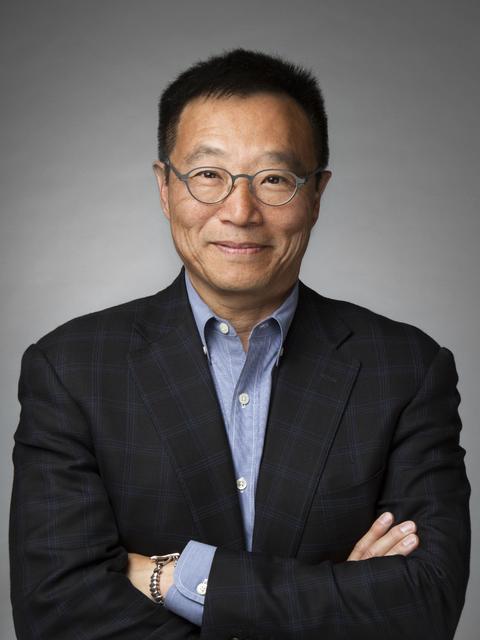Portland Business Journal
By: Pete Danko
Portlander Dave Chen and his partners at the investment fund Equilibrium are pouring billions into technologically sophisticated facilities and systems to produce affordable fruits and vegetables year-round and on an enormous scale.
Investments in Oregon include hazelnuts and blueberries, but in an interview at Equilibrium’s Pearl District offices, Chen was quick to pull up a video of a greenhouse in Michigan that stretches for more than a mile. It has its own power plant, doesn’t use any sprays and claims to use a small fraction of the water of a conventional farm to grow tomatoes and peppers.
“It’s a high-tech solution to sustainable food production, but it’s a mature technology solution,” Chen said. “There’s nothing Buck Rogers about it.”
Chen believes this type of agriculture, common in Northern Europe, is set to explode in the U.S. We talked to him about the contrast with the small farms that Oregonians love, the possible job implications of tech-savvy farming and more.
On the romance of small-scale agriculture: Small farmers have their place, but you know who loves a small farmer? People who get the opportunity to go to the farmers’ market Thursday night and Saturday morning. They have the luxury of liking a small farmer. They get to eat, drink, sample the romance of the small farm. But being a small farmer is actually incredibly difficult. You have to be attached to the farm constantly, you don’t have scale to afford mechanization. And it’s only the people that go to Thursday and Saturday farmers’ markets who think mechanization is awful.
On keeping young people on the farm: Policymakers like to give speeches and ask, “How do we keep our young people on the farm?” That’s an important question. But equally important is another question: How do we create agricultural careers for young people? The reality is that over the course of the next decade agriculture is going to go through a transformation and the employment opportunities are going to be transformed.
On jobs in the new agriculture: In that (greenhouse) operation I showed you, there are guys that are paid $70,000 a year to manage computer water systems. Somebody’s got to manage it. When I have $150 million worth of real estate, somebody better watch it carefully. Every day, 15 to 30 semi-trucks show up and get loaded, 11 months out of the year — the 12th month is cleanup. So you need electricians, tons of electricians, and plumbers and water technicians. Data guys. And those are 365-days-a-year jobs. This isn’t seasonal work. What we’re doing here is changing the cost structure and the labor component significantly. Those field workers — greenhouse workers — now are highly skilled agricultural workers and they get paid that way.
On food safety and being big: Food safety is actually a process and a technology. It’s monitoring the data. It’s best practices. People have a romantic notion that if it’s grown close to me, it must be safer. But what does that actually have to do with safety? It may have a lot to do with taste, but food safety issues generally come from a couple of sources, animals and the processing of the food, and neither has much if anything to do with the distance the food will travel.
On making it taste good: Local food can taste better. The crappy supermarket strawberries were designed so the East Coast can enjoy a strawberry. The fruit inherently has to be tough enough to survive seven days of bouncing across the country, being forklifted to a depot, then onto another truck, then through New York City streets, then forklifted into a store. But what we do allows you to bring back regionality, and that can bring back diversity. Because I’m managing the harvest cycle and the transportation cycle and bringing back regionality, I’m allowing you to eat produce that can actually taste good and be widely affordable.

